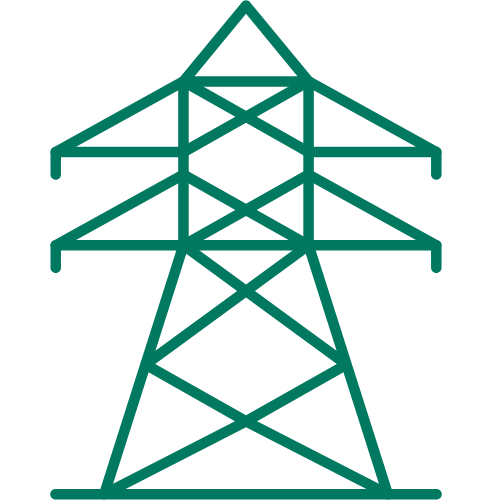



Hydroelectric power plants (HES) convert the power of flowing water into electricity. The amount of energy in flowing water is determined by the flow or fall speed of the water.
The water flowing in a large river carries a large amount of energy. Or when the water is dropped from a very high point, a large amount of energy is obtained. In both ways, the water taken into channels or pipes flows towards the turbines, allowing the turbines with propeller-like arms to rotate for electricity generation. The turbines are connected to generators and convert mechanical energy into electrical energy.
Hydroelectric power plants;
- Obtain energy from water, which is a renewable resource,
- Do not create greenhouse gas emissions,
- Can be built with local resources,
- Have a long technical life and no fuel costs,
- Have low operating and maintenance costs,
- Create employment opportunities,
- Revitalize the economic and social structure in rural areas; They are the most important renewable energy source.